BackgroundEarlier this year, I published an article in the journal Mycologia entitled “Not all bad: Gyromitrin has a limited distribution in the false morels as determined by a new ultra high-performance liquid chromatography method”, the findings of which are summarized here. Gyromitrin is a mycotoxin found in some false morels, also known as lorchels (mushrooms in the genus Gyromitra), and is highly toxic. However, methods exist to process toxic lorchels (particularly Gyromitra esculenta) to rid the mushrooms of most of their gyromitrin, allowing them to be eaten without suffering acute illness. People rave about the taste of these mushrooms. In North America, Gyromitra brunnea, Gyromitra caroliniana, Gyromitra korfii, and Gyromitra montana are commonly consumed without special preparation, but not without controversy. Some anecdotally regard these species to be free of gyromitrin and safe to consume after thorough cooking. Others caution against eating any lorchels for fear that they may contain gyromitrin. Before our publication, no systematic study had been conducted to evaluate the distribution of gyromitrin in lorchels or the lorchel family broadly (Discinaceae). For more information on the chemistry of gyromitrin and a review of the relevant literature, please see the introduction in our paper, a PDF of which is available for free here. ApproachWe developed a new gyromitrin test. Our initial analyses were entirely qualitative (whether gyromitrin was present or absent), but later we developed a standard curve for quantitative analysis. Most samples in our paper were evaluated just for presence or absence of gyromitrin, but some were quantified. We sampled over 60 specimens (both mushrooms and mycelial cultures) from across Discinaceae, which besides Gyromitra includes truffles in the genus Hydnotrya and cup-shaped fungi in the genus Discina. Most samples came from North America. This study was largely conducted during the first two years of the Covid pandemic and our access to specimens from other parts of the world and funding was limited. Three important caveats need to be mentioned:
ResultsGyromitrin was readily detected (around 100-3,000 mg/kg dried tissue) in all tested specimens of the Gyromitra esculenta group, which consists of the following species:
Gyromitrin was also found in all tested specimens of a yellow cup fungus called Gyromitra leucoxantha, as well as a closely related, undescribed species from the Pacific Northwest (around 50-100 mg/kg dried tissue). Gyromitrin was not detected in any other group. According to our phylogenetic tree, the distribution of gyromitrin could be a product of horizontal gene transfer. DiscussionSpecimens that tested negative in our study might actually contain gyromitrin at low levels. A European study from 1980 tested three specimens of Gyromitra gigas (closely related to G. americanigigas, G. korfii, and G. montana) and found gyromitrin at concentrations of 1.0 and 14.7 mg/kg dried tissue in two specimens (for comparison, our threshold is 2 mg/kg); the third had undetectable levels at their threshold of 0.5 mg/kg, if it was present at all (Viernstein et al. 1980). A clinical toxicology conference abstract reported that Gyromitra caroliniana contained “minute” amounts of gyromitrin, but the data were never published and cannot be evaluted (Liang et al. 1998). As the Gyromitra gigas data show, intraspecific variation in secondary metabolite production is a known phenomenon, meaning even if gyromitrin was absent from one specimen of a given species it could be present in another of that same species. Regarding the edibility of lorchels:
ReferencesDirks, A. C., Mohamed, O. G., Schultz, P. J., Miller, A. N., Tripathi, A., & James, T. Y. (2023). Not all bad: Gyromitrin has a limited distribution in the false morels as determined by a new ultra high-performance liquid chromatography method. Mycologia, 115(1), 1–15. Lagrange, E., Vernoux, J. P. P., Reis, J., Palmer, V., Camu, W., & Spencer, P. S. S. (2021). An amyotrophic lateral sclerosis hot spot in the French Alps associated with genotoxic fungi. Journal of the Neurological Sciences, 427(June), 1–8. Liang, Y.-H., Eisenga, B. H., Trestrail, J. T. I., & Kuslikis, B. (1998). Gyromitra mushroom species and their monomethylhydrazine content. Platform Session 1: Part 2, Journal of Toxicology: Clinical Toxicology, 36(5), 527. Miller, A. N., Dirks, A. C., Filippova, N., Popov, E., & Methven, A. S. (2022). Studies in Gyromitra II: Cryptic speciation in the Gyromitra gigas species complex; rediscovery of G. ussuriensis and G. americanigigas sp. nov. Mycological Progress, 21(81), 1–13. Viernstein, H., Jurenitsch, J., & Kubelka, W. (1980). Vergleich des giftgehaltes der lorchelarten Gyromitra gigas, Gyromitra fastigiata und Gyromitra esculenta. Ernahrung/Nutrition, 4(9), 392–395.
0 Comments
Your comment will be posted after it is approved.
Leave a Reply. |
PermalinksProject Introduction Top EdiblesHericium coralloides
Laetiporus sulphureus Morchella americana Polyporus umbellatus Suillus ampliporus Archives
April 2023
Categories |
|
|
Terms of Use, Liability Waiver, and Licensing
The material on aldendirks.com is presented for general informational and educational purposes only, and under no circumstances is to be considered a substitute for identification of an actual biological specimen by a person qualified to make that judgment. Some fungi are poisonous; please be cautious. All images on this website are licensed under Attribution-NonCommercial-NoDerivatives 4.0 International (CC BY-NC-ND 4.0). |
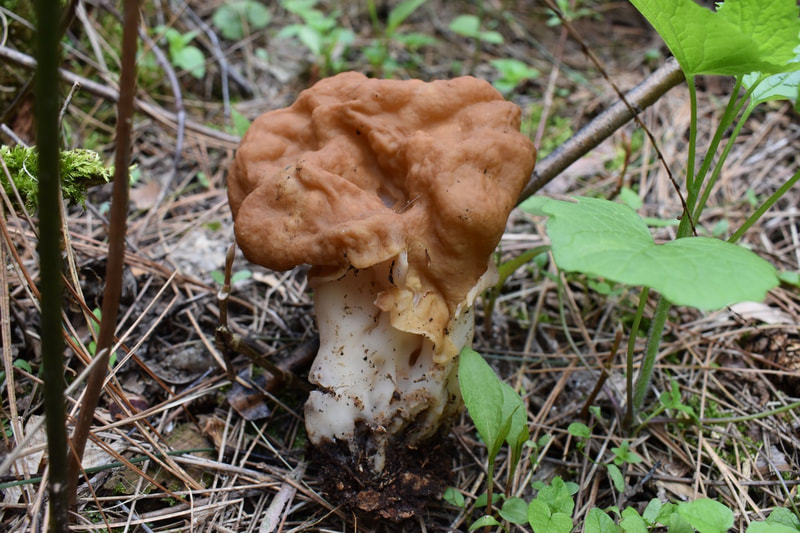
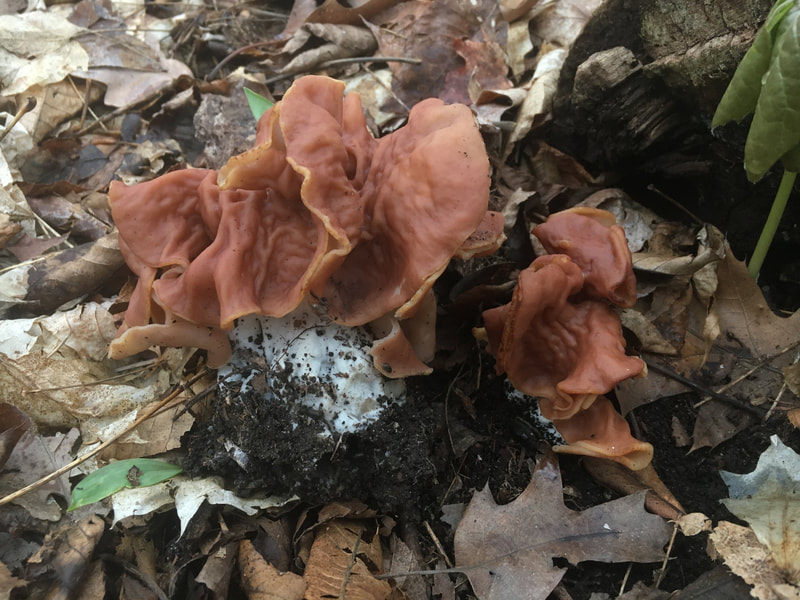
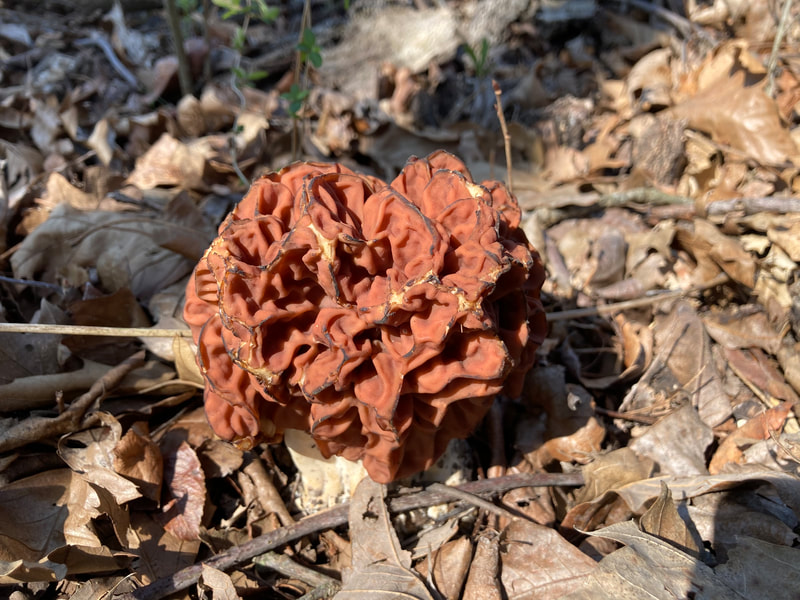
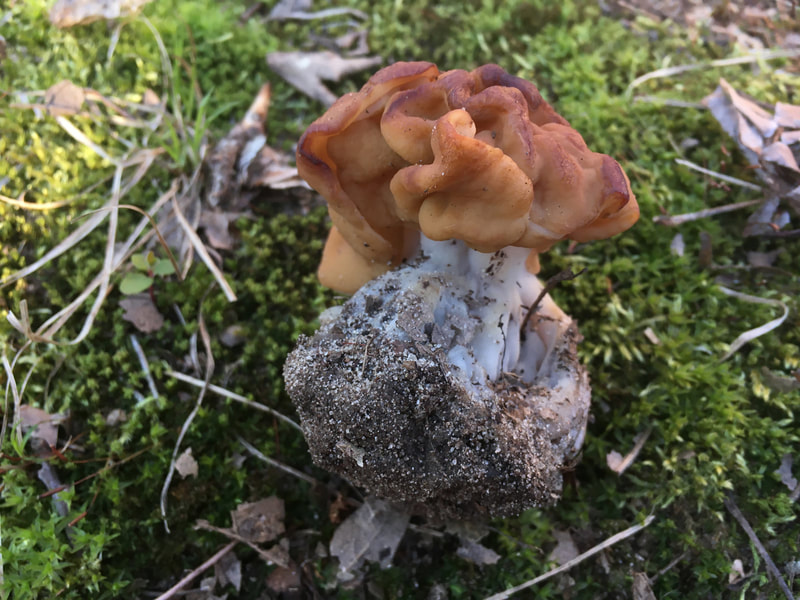
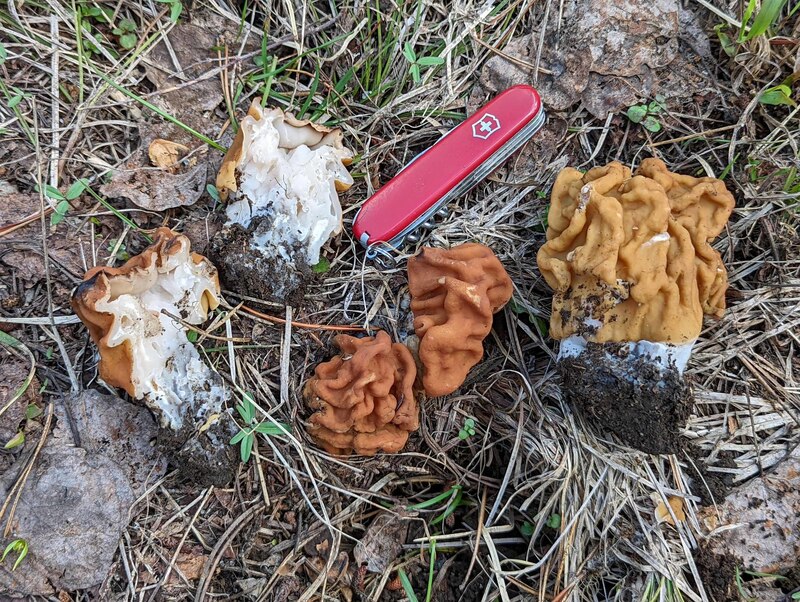
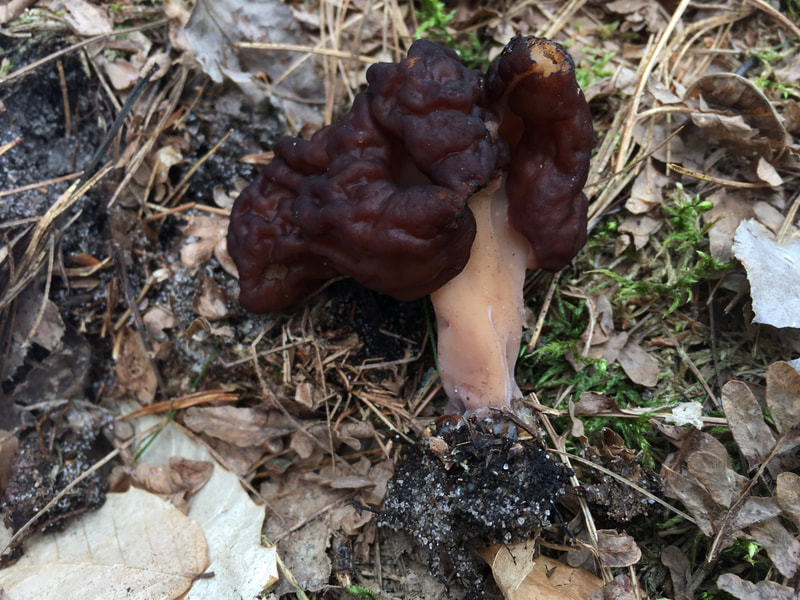
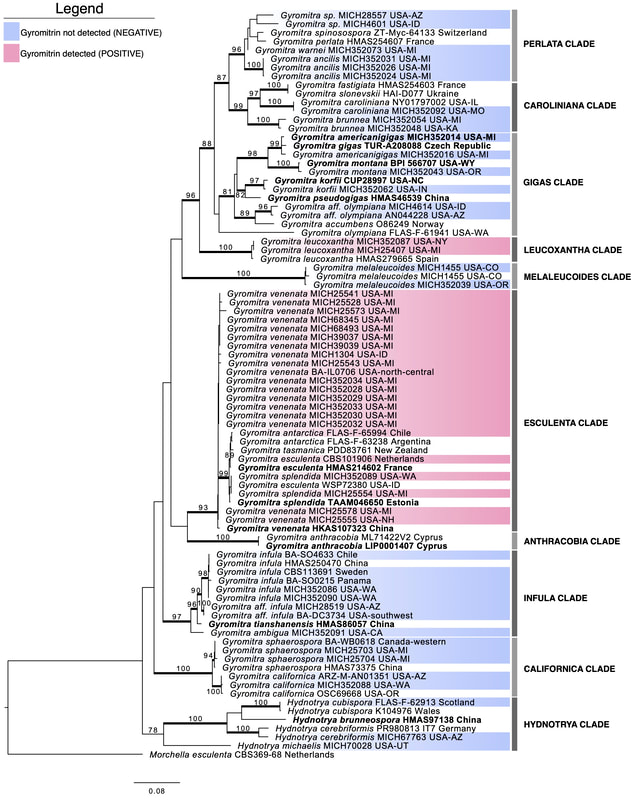
 RSS Feed
RSS Feed




